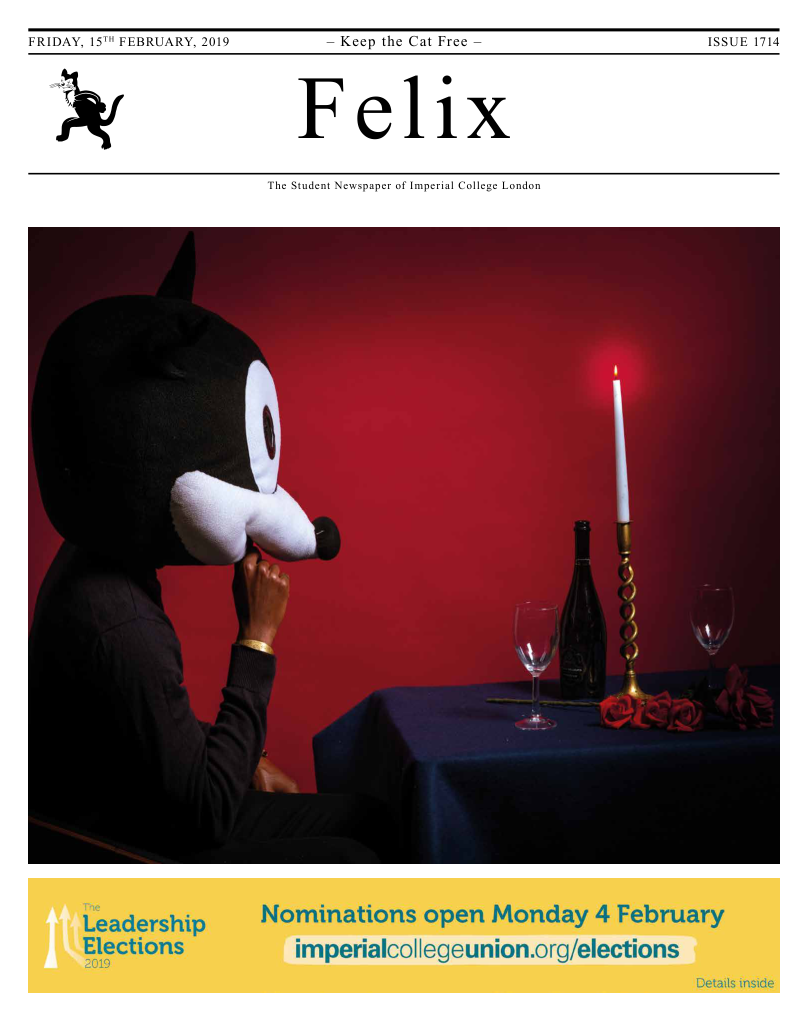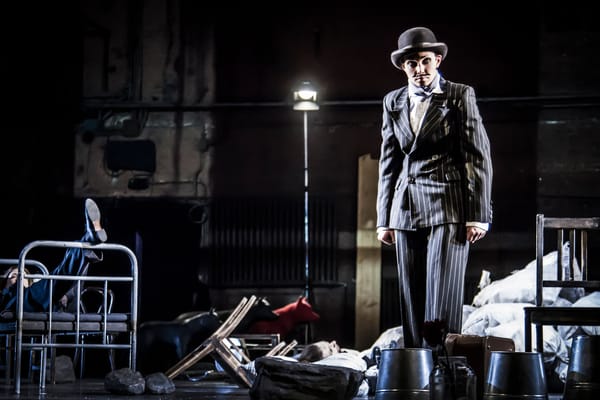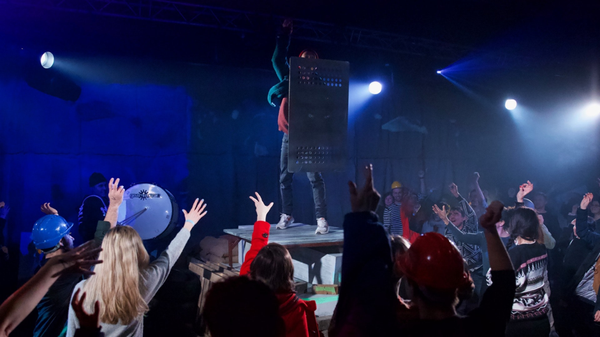The Love That Dare Not Speak Its Name
Love is in the air at this romantic time of year but is it for everyone? This Valentine’s Day, Arts writer Tesni Haddon-Macmillan considers repression of different forms of love through the ages.

Love is perhaps the most integral and celebrated part of the human condition. People have been known to try to express and capture it since 800BC when the oldest recorded love poem was created in Mesopotamia. It is without question that love is a unique experience for all, and so countless artists have produced their own beautiful interpretations of it over the years. However, not all love was deemed to be acceptable for the eyes of the public, and waves of censorship have plagued the past.
Perhaps the most obvious repression is of homosexuality which was actually only decriminalised for men in the UK 52 years ago, and even after this, considered scandalous or taboo. The daring nature of art, though, meant that such legislation did not deter gay artists from exploring their sexuality and they instead adopted sophisticated code and symbolism to relay their desires. Common symbols include the peacock feather and green carnations. These were worn by men to identify themselves without being caught, and were also famously included in pieces such as Charles Ricketts and Charles Shannon as Medieval Saints by Edmund Dulac.
Another icon used to undermine censorship was drag performance. Andy Warhol, a gay man himself, was a champion of the queer aesthetic and his bold representations of Marilyn Monroe as a pop drag queen, amongt others, was a true rebellion against the homophobic views of America.

Yet, the censorship, and even fear, of homosexuality is in no way limited to the 1900s; the rich history of queer art extends far into history and into the present day with surprising differences in views.
The Ancient Greeks produced a plethora of gay art and had a rather unique view of romantic relationships to other ancient cultures. We could go as far to say that same-sex attraction was revelled in, with often explicit scenes being depicted in pottery and other art forms. Most notable is the complex and emotional relationship between Achilles and Patroclus in Homer’s The Iliad.
By contrast, records of lesbian relationships in Greek art and, in fact, generally are very sparse. We can only deduce their existence from the love poetry of Sappho and Plato’s comments on women with ‘female attachments’.
In the present, we would consider gay relationships to be commonly accepted but even recently, repression has been experienced in the art world. In 2010, the Hide/Seek: Difference and Desire in American Portraiture exhibition, considering the fluidity of gender and sexuality, was displayed in the Smithsonian’s National Portrait Gallery. Its presence actually sparked talk of a congressional review of the Smithsonian’s funding and led to the removal of one of the pieces, Fire in my Belly by David Wojnarowicz- from the exhibition. Although it is evident that complete freedom of expression is still a fiction, other installations have aimed to represent such controversial themes and this includes Tate Britain’s Queer British Art (1861-1967) in 2017.
Of course, gay and lesbian relationships are not the only supposedly ‘non-traditional’ relationships to have been considered distasteful. The plain absence of black relationships and interracial relationships is equally shocking and upsetting to acknowledge.
Black relationships, regardless of orientation or nature, are largely missing from art collections. The extent of this is captured perfectly in the 1992 painting Slow Dance by Kerry James Marshall, dubbed one of the greatest depictions of lovers in art by the Artsy database. It shows an intimate moment between an African-American couple as they enjoy a slow-dance in a living room surrounded by bright colours and swirling music notes. The mundane tone and simplicity of the scene stresses the normality of such images and cries out against racist attitudes. It has a clear mission to encourage such representation in the mainstream and this was revolutionary.
This act was taken further by Leslie Barlow to celebrate interracial relationships in her mixed media series Loving, created in 2015. This series is the namesake of the famous American court case of Loving vs Virginia in 1967, when the Supreme Court finally deemed anti-miscegenation (anti-interracial relations) laws to be unconstitutional. To emphasise, it has been only 52 years since interracial marriage was legalised in the United States.
As with Marshall, Barlow restricts her work to uneventful and commonplace scenes with the similarity that all of the scenes are harmonious, and the couples and families are happy. And this artist is not alone in her efforts to correct public opinion of race through art. Donna Pinckley fights through her Sticks and Stones photo series. This project is powerful in its simplicity, capturing shots of interracial couples in muted black and white. With each picture is a caption containing a slur or insult used against the couple in question.
I could go on, but I believe the point has been made that love, although generally celebrated, is also villainised if not fitting societal ideas of ‘normal’. Love is a personal experience that can be queer, interracial, open or otherwise seen to be unconventional but ultimately, art will find a way to conquer taboos and provide an outlet for lovers of all types.









